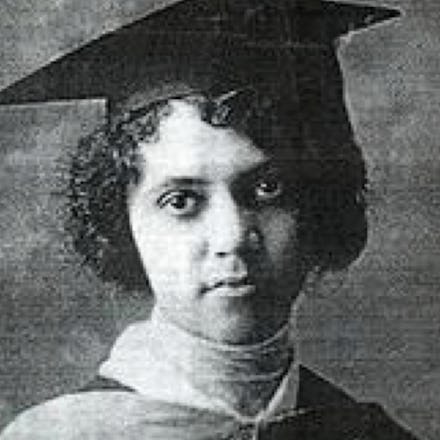Alice Ball

This article is part of the Black Monuments Project, which imagines a world that celebrates black heroes in 54 U.S. states and territories.
Alice Ball is one of the most innovative hidden figures in chemistry. She could have been lost to history had it not been for black historians stumbling upon her work and research while researching about black Americans in Hawaii.
At just 24 years old, Ball found an effective method to treat leprosy and contributed findings that were widely used to treat the disease through the 1940s.
Ball was born in Seattle in July 24, 1892. Her family lived in Hawaii for several years before they moved back to Seattle in 1905. Ball’s curiosity about science likely stemmed from witnessing her mother, father, grandfather and aunt — who were all photographers — develop film. After graduating from Seattle High School in 1910, Ball went to the University of Washington, where she obtained two degrees: one in pharmaceutical chemistry in 1912 and another in pharmacy in 1914.
Ball moved back to Hawaii in 1915 to continue her education at the College of Hawaii (now the University of Hawaii), where she became the first black woman to receive a master’s of science degree in chemistry and the first black woman to teach chemistry there. For her master’s thesis, Ball found a way to extract ingredients from the kava root, an herbal plant native to the South Pacific.
Dr. Harry T. Hollmann, the U.S. public health officer for Hawaii, had heard of Ball’s research and consulted her help in finding a treatment for leprosy. Hollmann knew that Chaulmoogra oil had elements that could treat the disease, but the oil was too harsh to inject into patients. Ball was able to pull ethyl esters from the oil to create a gentle treatment. A reported 78 leprosy patients were able to leave the hospital after the discoveries and injections.
Ball died a year later in 1916 as a result of accidentally inhaling chlorine gas while demonstrating the use of a gas mask during class. Initially, the College of Hawaii president, Arthur Dean, took credit for her findings. But Hollman gave Ball her rightful due by publishing a paper called “Ball’s Method” in 1922.
But it wasn’t until 1977 — when poet Kathryn Waddell Takara unearthed archives from the University of Hawaii, and retired federal worker Stanley Ali stumbled across records on blacks in Hawaii — that Ball’s research and impact became a larger part of the state’s history.
Hawaii has been recognizing Feb. 29 as Alice Ball Day since 2000. But now it’s time to celebrate Ball in an even bigger way.